Retro Replay Review
Gameplay
Demon Sword delivers classic arcade-style platforming with a modern twist, putting you in control of Victar, a seasoned warrior on a quest to reforge the legendary Demon Sword. Each level challenges you to traverse hazardous landscapes, from crumbling ruins to fiery caverns, while agilely dodging traps and dispatching foes. The core mechanics feel instantly familiar yet surprisingly fresh, thanks to tight jump physics and responsive attack inputs that make every encounter satisfying.
The progression system is cleverly woven into the narrative: at the end of each stage you face a formidable boss guarding a missing fragment of the Demon Sword. Defeating these mini-bosses restores a piece of the blade, escalating both your power and anticipation as you edge closer to the climactic battle with the Dark Fiend. This structure creates a strong sense of momentum—each victory tangibly transforms your arsenal, ensuring you remain invested from start to finish.
Beyond sword fragments, levels are peppered with a variety of collectible items—mystic keys to unlock hidden passages, life-restoring spheres to keep different types of damage at bay, and alternative weapons like throwing axes or magical orbs that afford new combat strategies. These extras encourage exploration, rewarding thorough players who pry into every nook and cranny. With tight pacing and a steady curve in difficulty, Demon Sword strikes a perfect balance between challenge and accessibility for both newcomers and veterans of the genre.
Graphics
Demon Sword’s visual design channels the golden age of 2D platformers while adding vibrant modern touches. Each environment is richly detailed, from moss-covered dungeon walls to molten lava pits that glow menacingly under a crimson sky. The color palettes are bold and atmospheric, effectively distinguishing one level’s theme from the next and keeping the experience visually engaging throughout.
Character animations stand out for their fluidity. Victar’s sword swings, parries, and acrobatic leaps are rendered with just enough frames to feel smooth without losing that nostalgic pixel-art charm. Boss sprites are particularly impressive, occupying large swaths of the screen and captivating with elaborate attack telegraphs. When multiple enemies swarm you in tighter corridors, occasional slowdown can occur, but it never undermines gameplay or leads to unfair hits.
Special effects—such as sparks from clashing blades, magical auras around power-ups, and dramatic boss entry sequences—add an extra layer of polish. The parallax backgrounds provide depth without distracting from the action, and subtle environmental animations (dripping water, flickering torches) keep each scene alive. While not aiming for hyper-realism, Demon Sword’s visuals excel at delivering a cohesive, enjoyable palette that complements its arcade roots.
Story
The story of Demon Sword is straightforward yet compelling: long ago, the hero Victar wielded a magic sword to seal the Dark Fiend’s evil. Now that same villain has returned, and only the scattered fragments of the once-mighty blade stand between darkness and a doomed kingdom. While the narrative unfolds mostly through brief level intros and sparse in-game text, it provides a clear driving force for the journey and cements the importance of every fragment you reclaim.
Cutscenes are minimal but impactful, featuring stylized portraits and dramatic dialogue exchanges that set the stakes before key boss battles. Between levels, you witness glimpses of Victar’s resolve and the Fiend’s ever-growing malice, building tension without overloading the player with exposition. This lean storytelling approach ensures you stay focused on gameplay while remaining emotionally invested in your heroic quest.
Although the plot doesn’t venture into deep character arcs or side quests, it succeeds in supporting the game’s arcade roots. The promise of restoring the Demon Sword piece by piece is an elegant narrative device that aligns perfectly with level structure and boss design. For players seeking a tight, action-oriented storyline that rarely interrupts the flow, Demon Sword delivers just the right amount of lore to keep motivations clear and the pacing brisk.
Overall Experience
Demon Sword is a delightful homage to classic platformers, infused with modern design sensibilities that keep the experience feeling fresh and engaging. Its combination of snappy controls, inventive boss encounters, and a compelling fragment-collection system makes for a satisfying playthrough that rewards skillful play and exploration alike. You’ll find yourself returning to earlier stages to hunt down missed secrets or sharpen your timing against formidable foes.
The game’s length—six main levels plus the final showdown—strikes a sweet spot, offering a substantial challenge without overstaying its welcome. Optional difficulty settings further extend replay value, allowing completionists to tackle more punishing versions of each stage or speedrunners to perfect their runs. Coupled with unlockable challenge modes, Demon Sword offers a robust package for both casual players and hardcore aficionados.
Whether you’re drawn by the pixel-perfect platforming, the thrill of reassembling a legendary weapon, or the thirst for high-stakes boss battles, Demon Sword delivers on all fronts. Its engaging gameplay loops, charming visuals, and purposeful narrative synergy create an overall experience that stands confidently among modern indie platformers. For anyone craving a heroic adventure packed with satisfying combat and nostalgic flair, Demon Sword is a worthy champion of the genre.
 Retro Replay Retro Replay gaming reviews, news, emulation, geek stuff and more!
Retro Replay Retro Replay gaming reviews, news, emulation, geek stuff and more!
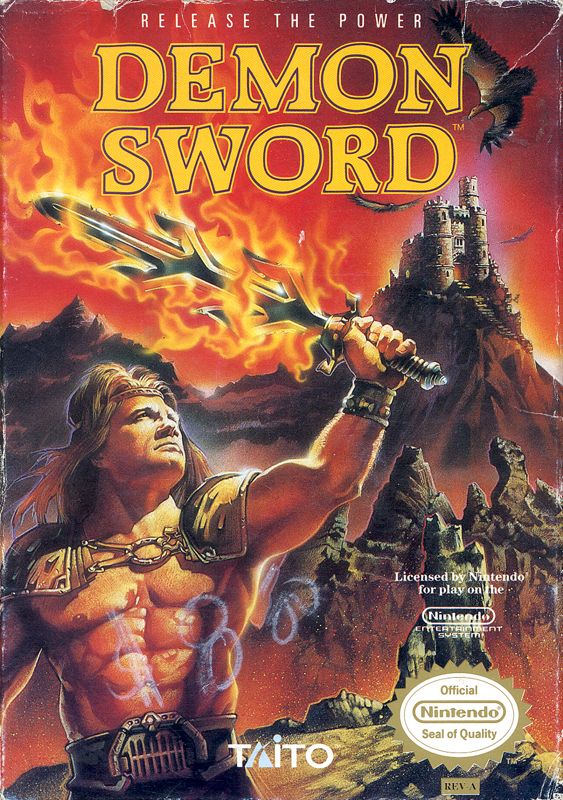
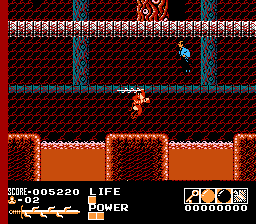
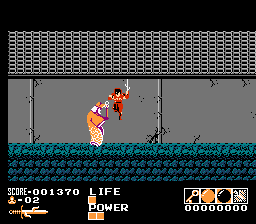
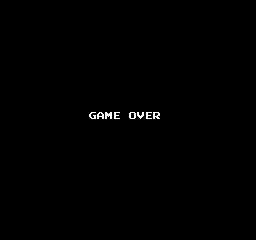
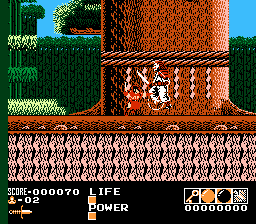
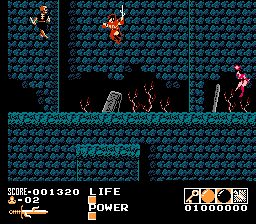

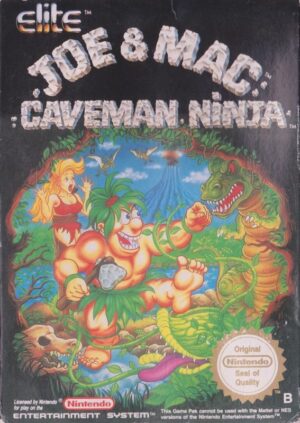

Reviews
There are no reviews yet.